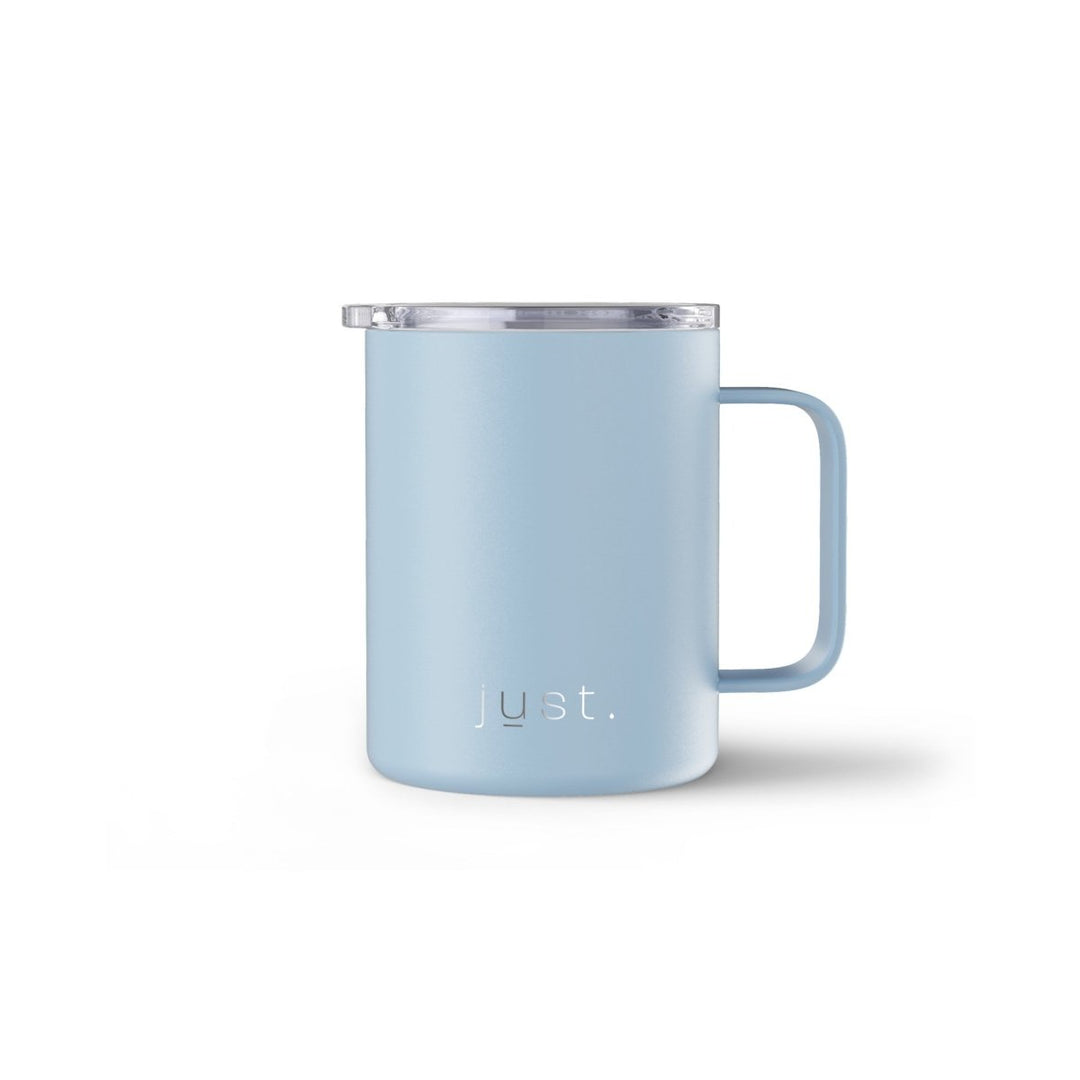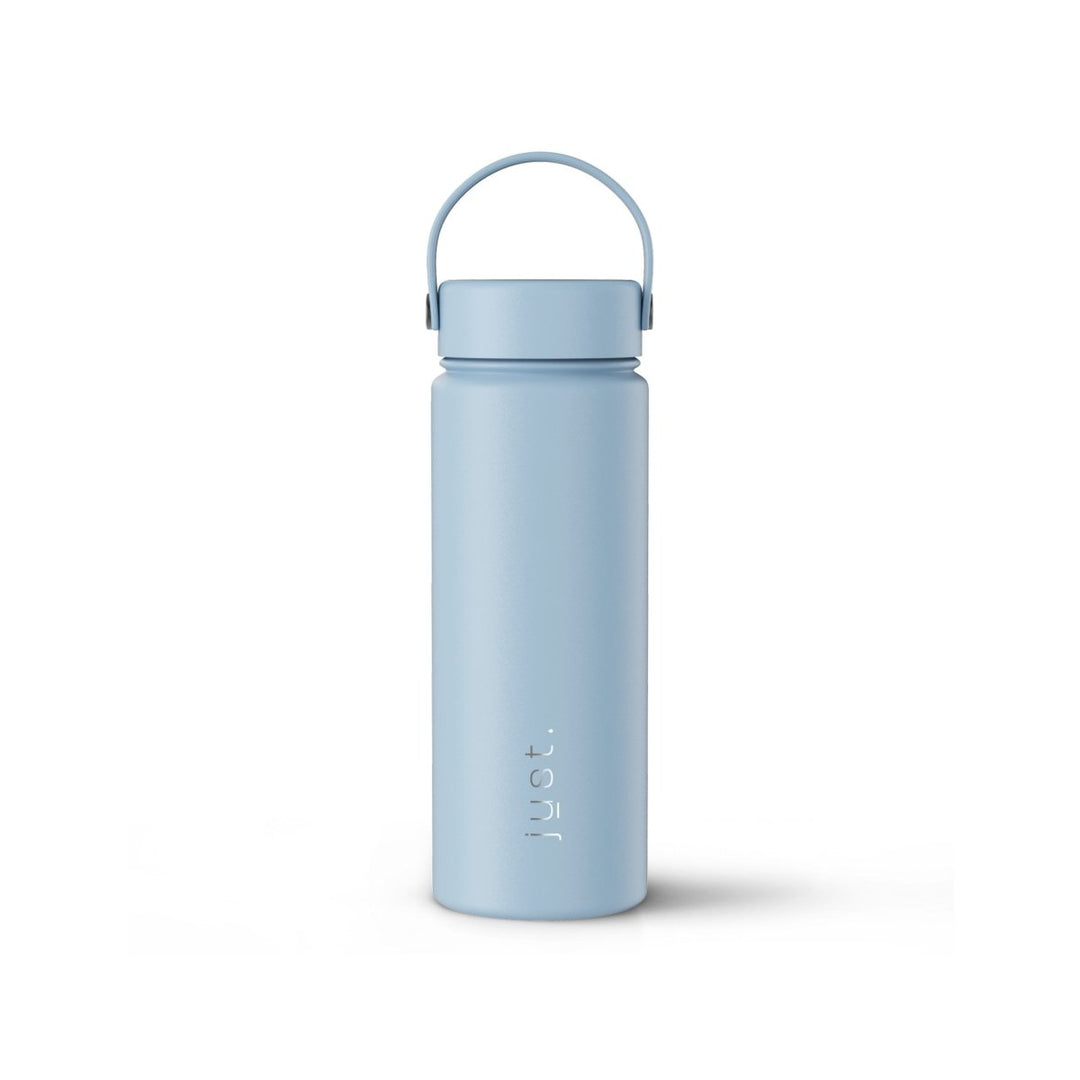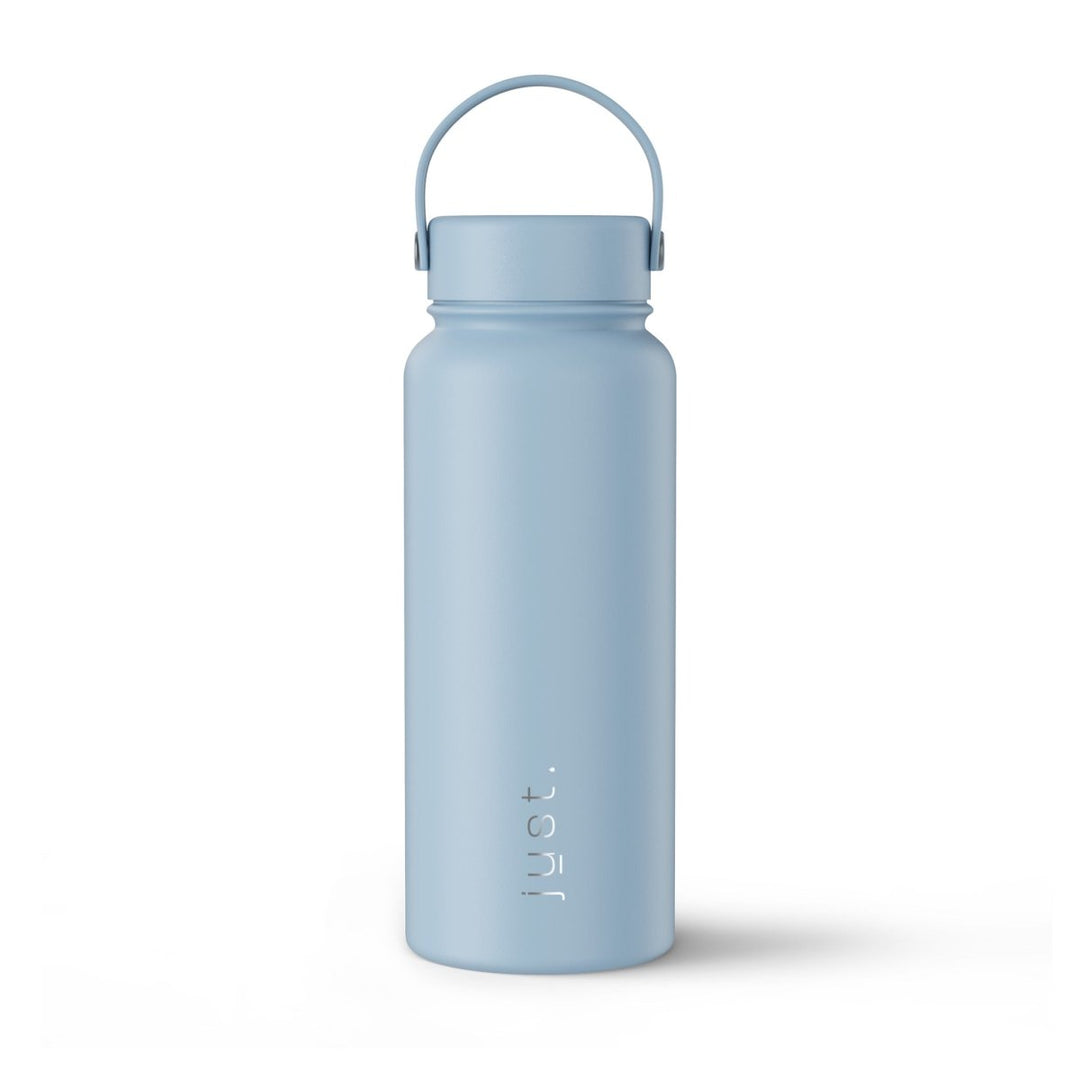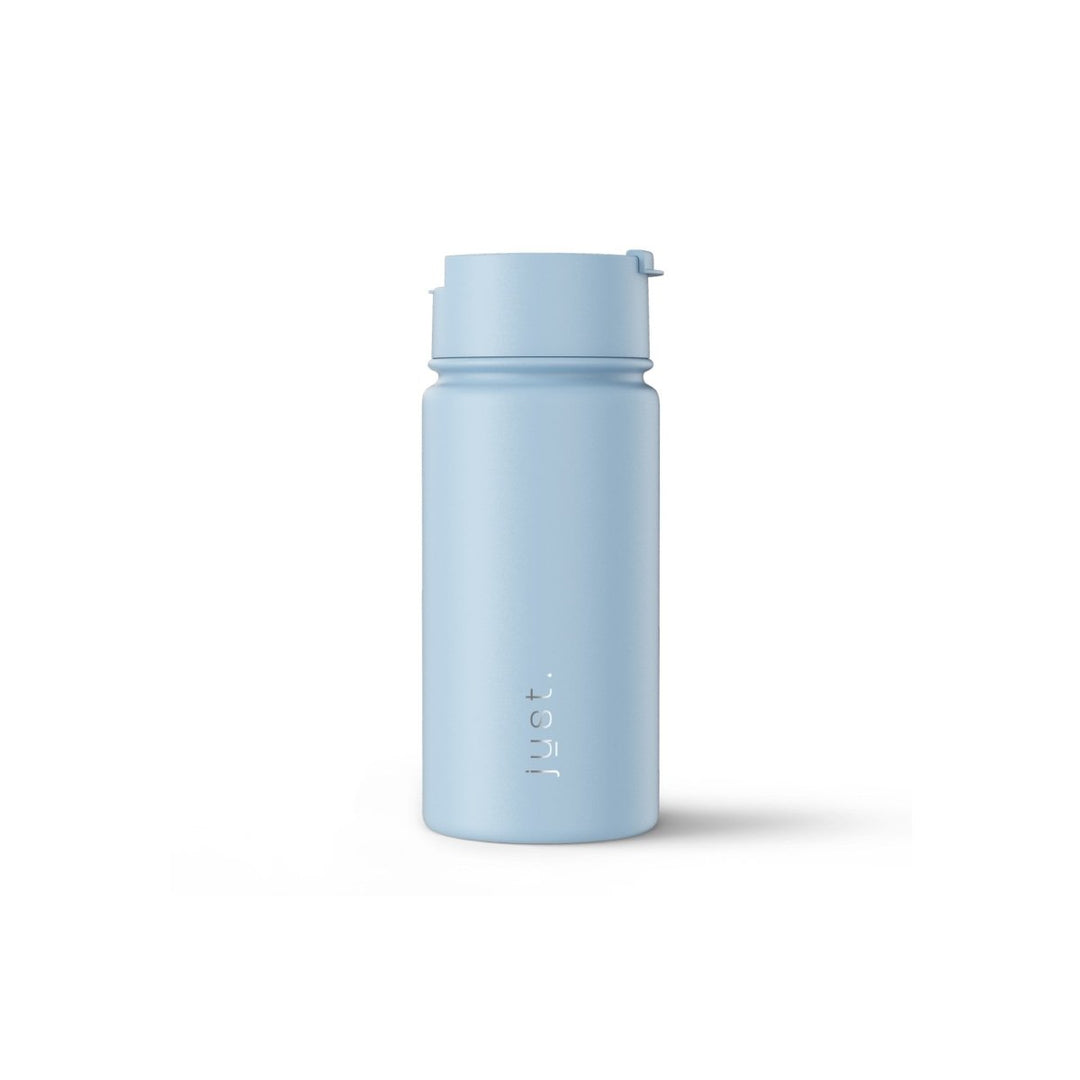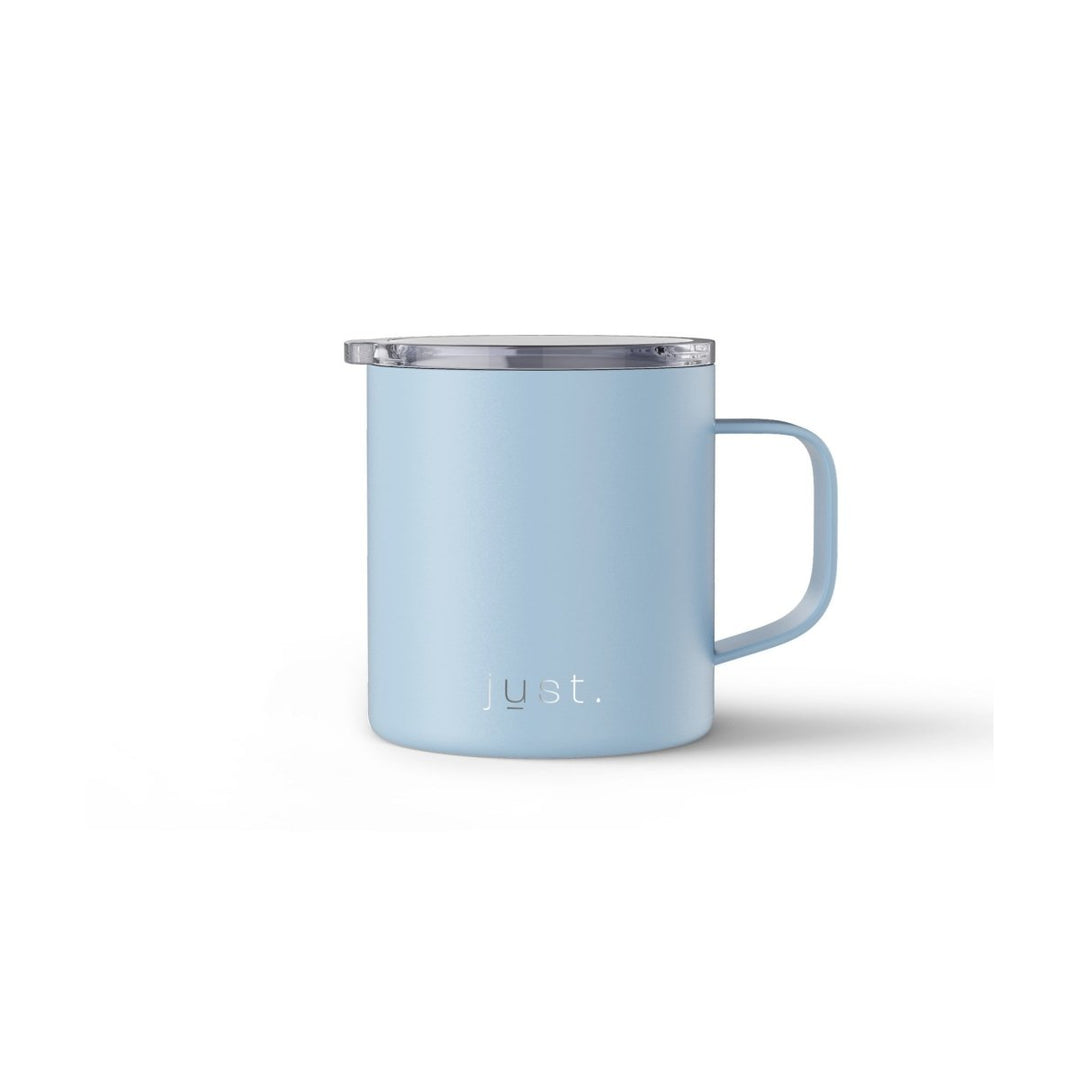What is Hybrid working?
Hybrid working is a modern work arrangement that combines elements of both traditional office-based work and remote work. It allows employees to split their time between working from home and working in an office, depending on their needs and the requirements of their job. This approach offers a number of benefits for both employees and employers.
For employees, hybrid working can mean increased flexibility in terms of where and when they work. This can lead to improved work-life balance, as employees are able to better manage their time and responsibilities outside of work. Additionally, it can also mean reduced commute times, which can save employees time and money and also reduce their carbon footprint.
For employers, hybrid working can provide access to a wider pool of talent, as they are not limited to hiring employees who live in close proximity to their office. It can also reduce overhead costs associated with maintaining physical office space and it can be beneficial during a pandemic like covid-19, where it can be used to keep employees safe while still maintaining productivity.
Hybrid working can be implemented in many different ways, depending on the needs and preferences of the employees and the employer. For example, some companies may allow employees to work from home one or two days a week, while others may have a more flexible approach where employees can choose when and how often they work from home. Some companies may also have a "hot design" system where employees can choose to work from any available workspace in the office on a first-come, first-served basis. Overall, hybrid working is a modern approach to work that offers many benefits for employees and employers. It allows for greater flexibility and work-life balance for employees, while also providing access to a wider pool of talent for employers. It can also save money, reduce carbon footprint and can be beneficial during a pandemic.
The benefit of hybrid working
Hybrid working is a modern approach to work that combines both traditional office-based work and remote work. This approach offers a range of benefits for both employees and employers. For employees, hybrid working allows for greater flexibility and autonomy in their work schedule, allowing them to better balance their personal and professional lives. This can lead to increased job satisfaction and productivity, as well as reduced stress and burnout.
For employers, hybrid working can lead to increased employee engagement and retention, as well as cost savings on office space and other overhead expenses. Additionally, hybrid working can also open up access to a wider pool of talent, as companies are no longer limited to hiring employees who live in close proximity to the office. Overall, hybrid working is a win-win solution that can lead to improved work-life balance, increased productivity, and cost savings for both employees and employers.
The drawbacks of hybrid working
Hybrid working, which combines remote and in-office work, may seem like the perfect solution for many companies. However, it also comes with its own set of drawbacks. One major issue is the potential for communication breakdowns and lack of cohesion among team members. When some employees are working remotely, it can be difficult to keep everyone on the same page and ensure that everyone is aware of important updates and changes. For example, if a team member working remotely is not aware of a new project deadline, they may miss it, causing delays and frustration for the rest of the team.
Additionally, hybrid working can also lead to feelings of isolation and disconnection among remote employees, who may feel left out of team dynamics and important conversations. They may feel like they are not as connected to the company culture and values as in-office employees. For example, if remote employees are not included in team-building activities or company events, they may feel like they are not a valuable part of the team.
Furthermore, it can be challenging to ensure that remote employees are as productive as in-office employees, which can lead to resentment and tension among team members. Without proper oversight and communication, remote employees may not be held to the same standards as in-office employees, leading to feelings of unfairness and frustration. For example, if a remote employee is not completing their work on time and is not held accountable, other team members may feel like they are being forced to pick up the slack.
In conclusion, while hybrid working may seem like a great solution, it also comes with its own set of challenges. Companies need to be aware of these potential issues and work to address them in order to make sure that their hybrid working model is successful. This can be achieved through effective communication, clear guidelines and expectations, and regular team-building activities.
Hybrid working essentials
Hybrid working, a blend of remote and in-office work, has become increasingly popular in recent years. Not only does it provide flexibility and convenience for employees, but it also allows companies to reduce overhead costs and increase productivity.
However, the transition to hybrid working can be challenging and requires a well-organised approach. The Essential Guide to Staying Organised and Productive is a must-have for anyone who is looking to make the most of hybrid working. It covers everything from setting up a home office to developing effective communication strategies and provides practical tips and tools for staying focused and productive.


One of the most important aspects of hybrid working is having a dedicated and comfortable workspace. This includes a comfortable chair and desk, good lighting, and a computer or laptop that is equipped with the necessary software and apps. For example, an ergonomic chair such as the Herman Miller Aeron Chair can help reduce back pain and improve posture.
A standing desk such as the Varidesk Pro Plus 36 can help you switch between sitting and standing while working, which can help reduce the risk of developing health issues such as obesity and heart disease. Additionally, a reliable internet connection and a good pair of headphones are essential for staying connected and productive when working remotely.
A high-speed internet connection such as Fiber optic or cable internet can provide a stable and fast connection, while a good pair of headphones such as the Bose QuietComfort 35 can provide noise-cancelling capabilities that help filter out background noise.

Another important aspect of hybrid working is staying organized and on track. This can be achieved by using tools such as calendars, task lists, and project management software. For example, a calendar app such as Google Calendar or Microsoft Outlook can help you keep track of meetings, deadlines, and appointments. You can set up reminders and notifications for upcoming events, and even share your calendar with your colleagues to ensure that everyone is on the same page. Task lists and project management software such as Trello or Asana can help you stay organized and on track with your work. You can create boards for different projects, add tasks and deadlines, and assign them to team members. This can help you stay on top of your work and ensure that nothing falls through the cracks.
A must-have gadget for hybrid working is a webcam, which allows you to communicate and collaborate with your colleagues and clients. A high-quality webcam such as the Logitech C920 can provide a clear and crisp image, making it easy for everyone to see and hear each other. Additionally, a noise-canceling microphone such as the Blue Yeti can help filter out background noise and ensure that your voice is heard clearly. This is particularly important for meetings and video conferencing, as it ensures that everyone can hear and understand what is being said.
It's also essential to stay hydrated and energised during long working hours, an insulated water bottle is essential for keeping your water at the right temperature and encouraging you to drink more water throughout the day.
An insulated mug is also a must-have for keeping your coffee or tea at the perfect temperature, ensuring that your caffeine fix stays hot and delicious for hours. These items can help to keep you focused and productive throughout the day, making them essential for anyone working in a hybrid environment.

In conclusion, Hybrid working requires a well-organized approach, and the Essential Guide to Staying Organised and Productive can help you navigate the complexities of hybrid working and ensure that you're making the most of your time and resources. With the right tools, gadgets, and mindset, you can stay productive and focused, no matter where you're working.
By investing in the right equipment, using productivity tools and staying organised, you can ensure that you're getting the most out of your hybrid working experience.
The benefits of hydration during hybrid working
Hybrid working, which combines both remote and in-office work, can often lead to a sedentary lifestyle, causing individuals to become dehydrated without even realising it. However, staying hydrated during hybrid working has numerous benefits for both physical and mental well-being. Proper hydration can improve energy levels, boost mood, and enhance cognitive function, allowing for better focus and productivity. It can also prevent headaches, fatigue, and dry skin. Additionally, staying hydrated can aid in weight management as it can reduce feelings of hunger and increase feelings of fullness. By making sure to drink enough water and stay hydrated, individuals can not only improve their physical and mental well-being but also their overall performance while working in a hybrid environment.
One of the best ways to stay hydrated is by using an insulated water bottle. These bottles are designed to keep your water cold for hours, even in warm weather. This means that you can enjoy a refreshing cold drink whenever you need it, even if you're working remotely or away from home. Insulated water bottles also come in a variety of sizes and designs, so you can find one that suits your needs and preferences.
For example, drinking enough water can help to prevent fatigue and increase focus which is essential when working remotely, as it enables individuals to stay alert and productive. Furthermore, hydration can also improve memory and concentration, which is essential when working on complex projects or tasks that require a lot of mental effort. Additionally, staying hydrated can help to reduce feelings of stress and anxiety, which can be common among remote workers who may feel isolated or disconnected from their colleagues.

Another example, drinking enough water can prevent headaches, which are commonly caused by dehydration. These headaches can be incredibly disruptive and can cause individuals to lose focus and productivity, which can greatly impact their work. Furthermore, staying hydrated can help to prevent dry skin, which can be a common side effect of prolonged screen time. This dry skin can cause irritation and discomfort, which can be distracting and can also affect an individual's self-confidence.
In conclusion, staying hydrated is an essential aspect of maintaining physical and mental well-being while working in a hybrid environment. By making sure to drink enough water and stay hydrated, individuals can improve their focus, productivity, and overall performance. Furthermore, hydration can also prevent headaches, fatigue, dry skin, and other common side effects of hybrid working. So, it's important to make sure to drink enough water and stay hydrated throughout the day. An insulated water bottle is a great way to ensure that you always have a refreshing cold drink on hand, and it can help to keep you motivated and focused throughout the day.






